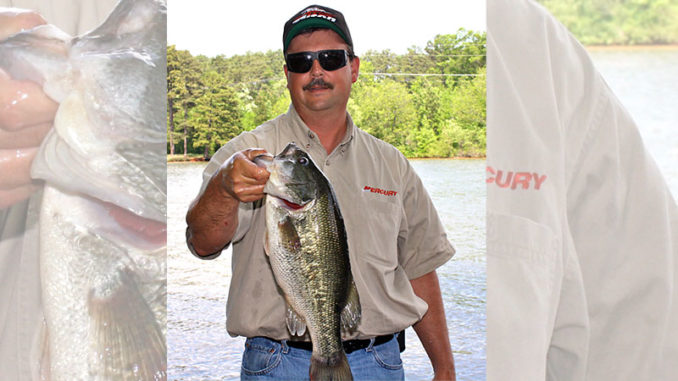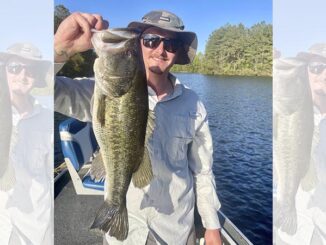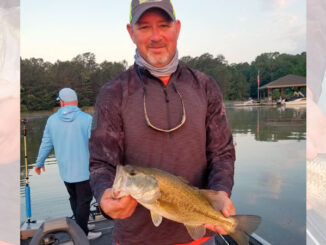
With high water, High Rock bass go shallow
When the water heats up in April, urging bass to migrate to the shallows to spawn, many fishermen resort to sight-fishing for bedding bass — unless they’re fishing North Carolina’s High Rock Lake.
High Rock’s dingy waters make visual fishing for bass almost impossible. Instead, fishermen beat the buttonwood bushes for spawners. They know that with high, murky water conditions, the majority of fish favor the rugged shrubs that provide cover and protection in the shallows.
Given this year’s incessant rains, fishermen will likely find the water in the bushes this month. If they can barely get their boats under the bridges where NC 8 crosses Flat Swamp or Abbotts creeks, that means the water is in the bushes.
High Rock harbors an abundant number of buttonwood bushes in the extreme backs of creeks, nooks and pockets. But lakeside development has ravaged a lot of vegetation.
Spawning grounds dotted with bushes include Buck’s Branch near the mouth of Flat Swamp Creek, the nooks behind the Brown Loflin Bridge in Flat Swamp, the backwaters behind the Second Creek Bridge, the One Bush area and Potts Creek upriver.
Fishermen usually flip the bushes for bass with heavy baitcasting gear and reels filled with abrasion-resistant 14- to 20-pound line. Bushes don’t budge. Once a big fish wraps you up, he’s gone. Many fishermen have switched to fluorocarbon instead of monofilament. They believe fluorocarbon line has less stretch and a better feel. Those sticking to monofilament dislike the wiry nature of fluorocarbon.
Have a variety of lures on hand
The flipping baits of choice include Texas-rigged soft-plastic creature baits like Zoom’s Super Hog, Missile’s D Bomb and Yum’s Wooly Bug. The old Zoom plastic lizard still gets plenty of use. High Rock bass mostly hit plastics in black, green pumpkin, red shad or watermelon colors. Other anglers swear by jigs or shaky-heads in blue/black and green pumpkin.
Anglers probe the bushes aggressively or cautiously. Some pitch their baits into the thickest part of the bush because the bass often hold tight to it, while others fish the edges first to avoid snagging and disturbing the brush or fish.
The late Scott Brandon, the father of High Rock Bass fishing, had his own strategy.
“Hit the odd bush, the one that stands apart from all the others,” Brandon once said. “That’s the one with the bass.”
Flooded tree roots and willows in the back of pockets also attract spawning bass. With overcast skies, spinnerbaits come into play.
If the water isn’t in the bushes, anglers fish gravel banks and cuts with Senkos, down-sized Carolina rigs, plastics and jigs.




Be the first to comment